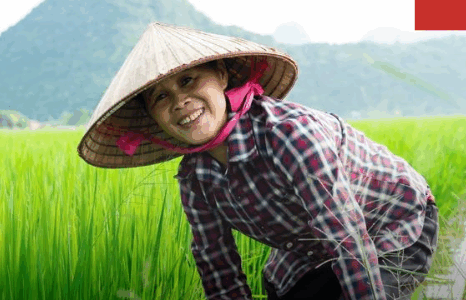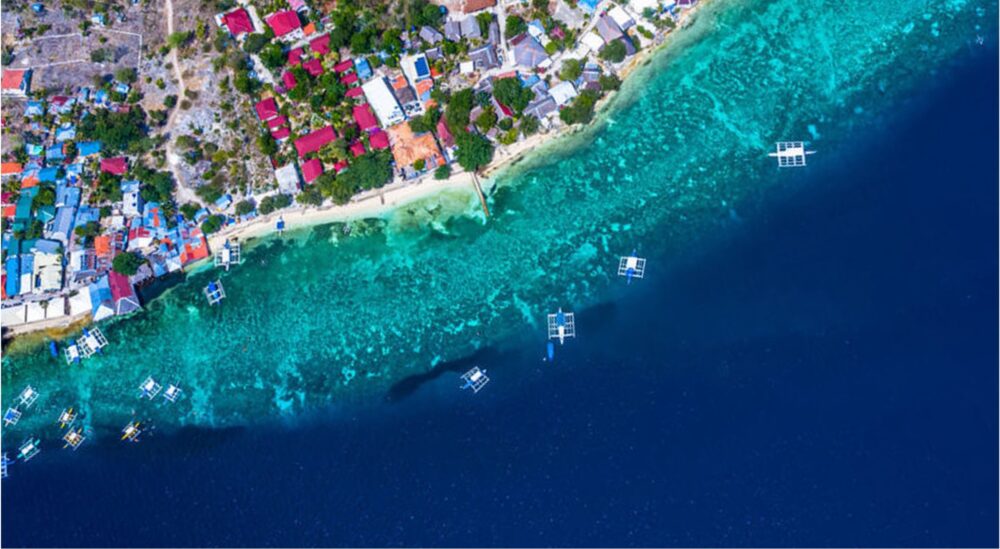The Philippines is ranked #1 on the 2024 World Risk Index and faces extreme vulnerability to natural disasters and climate hazards
Growth Gateway’s analysis indicates that without a robust and proactive adaptation strategy, escalating climate hazards could cost an estimated 7.6% of GDP by 2030, with potential losses rising to 18-25% of GDP by 2050.
Additionally, these risks could destroy homes, impact over 7.5% of farmland and damage more than 10% of critical infrastructure across healthcare, communication, energy and transport systems.
Critical sectors such as agriculture and water are particularly vulnerable, with knock-on effects like reduced agricultural yields, water scarcity, and widespread displacement, amplifying poverty and inequality. Proactive measures are therefore essential to mitigate severe socio-economic impacts.
Physical
>2X
Rate of sea level
rise against global
average
Social
20M
People at risk from
acute & chronic
climate hazards
Economic
~£7B
Productivity loss from
extreme heat — agriculture
& construction most affected
Growth Gateway worked with the Government of the Philippines to develop a robust National Adaptation Plan
This initiative set out a plan to bridge the country’s significant climate financing gap by mobilising public, private, and development investment to drive adaptation and resilience efforts — enhancing livelihoods, protecting ecosystems, and strengthening infrastructure — in line with the UK’s global climate leadership ambitions.
Developed NAP strategy across 8 priority sectors
The NAP was guided by UNFCCC standards, data-driven climate science, and stakeholder engagement. It assessed risks and outlined strategies across eight key sectors:
- Agriculture, fisheries, and food security (Food systems)
- Water resources
- Health
- Ecosystems and biodiversity
- Cultural heritage, displacement, and migration
- Land use and human settlements
- Livelihoods and industries
- Energy, transport, and communications
Identified solutions for sustainable food systems and water resources
Next, the initiative focused on the intersection of food systems and water resources, prioritising four provinces based on risk profiles, dominant crops, and geographic conditions.
36 projects were identified across four investment sub-sectors:
- Commercialising climate-resilient agricultural practices
- Deploying water storage and infrastructure solutions
- Expanding and modernising irrigation infrastructure
- Innovating watershed restoration and protection
Mobilising investment focused on pilot provinces for proof of concept (ongoing)
Negros Occidental was prioritised due to high climate risk threatening 60% of the nation’s sugar production and freshwater systems for 3M residents.
- £2B+ in investment opportunities identified across seven nature-based and engineering projects, with two conceptualised (climate-resilient sugarcane and solar irrigation systems)
- Strong local & global investor interest expressed with a first-of-its-kind investment forum planned for March 2025
- 15+ service providers in active discussions, with verbal commitments contingent on funding
The pilot has expanded to Iloilo, which has the country’s largest hectarage of rice production. To scale efforts, Growth Gateway is also helping mobilise around £14 million in blended finance for early-stage climate-resilient food and water projects through an Adaptation Investment Platform.
The NAP has resulted in new green investment opportunities for the Philippines, and secured UK government support
NAP unveiled
at COP28
The National Action Plan was released and formally submitted
to the UNFCCC in 2024

£3B+ Investment
Investment opportunity identified
across 36 projects for four provinces

MOU with the
British Embassy
Provincial government committed to
officially support project via a signed Memorandum of Understanding

To find out more about our impact, follow Growth Gateway on Linkedin or contact us
